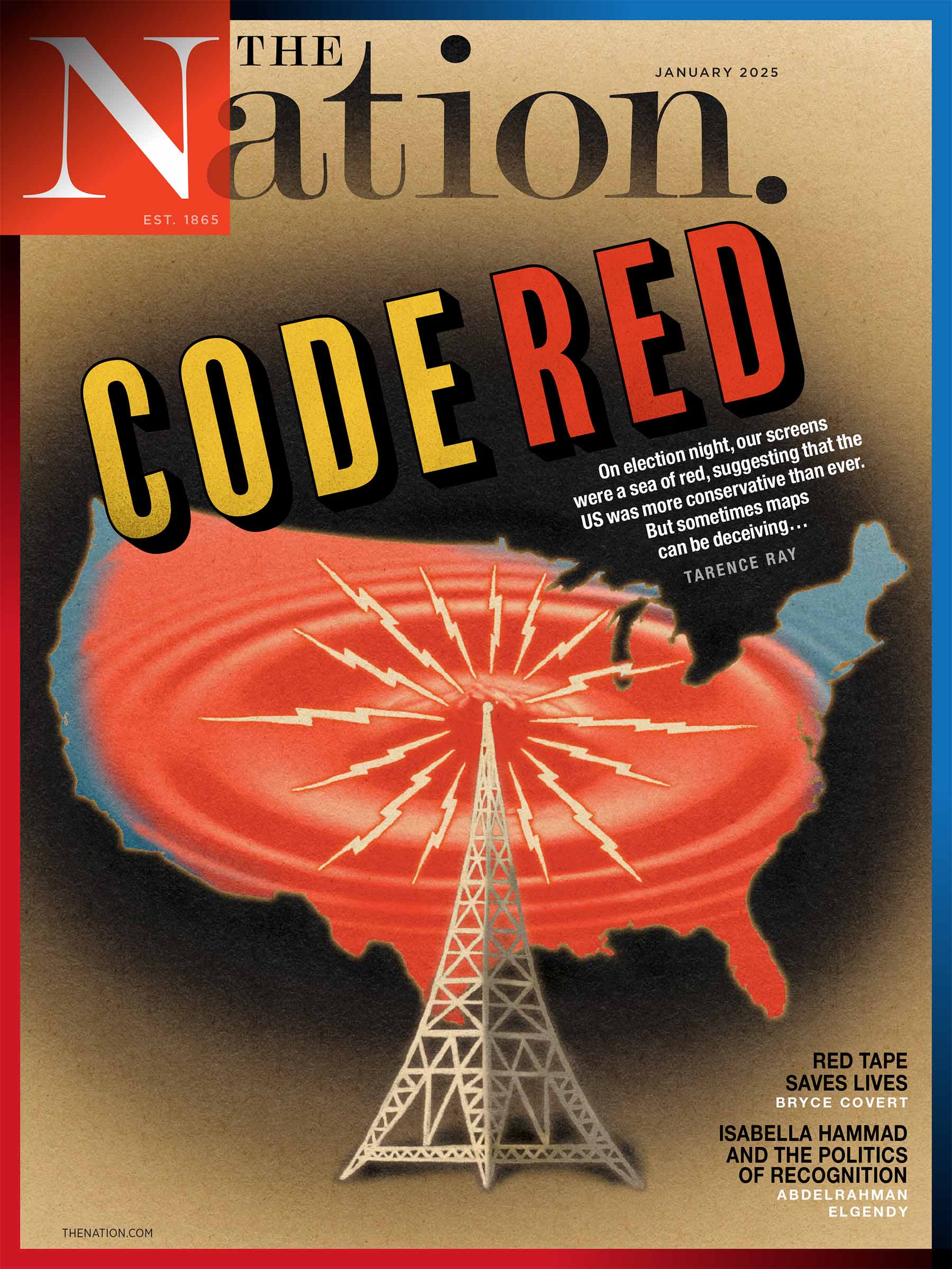Americans owe $1 trillion in student debt. But what if you decided to not write your check this month? A small group of people have chosen to do just that. The debt strike, which launched on February 23 as part of the Debt Collective campaign, is led by the Corinthian Fifteen, former students at the scandal-ridden, for-profit Corinthian Colleges chain. They’re undertaking financial civil disobedience against the private lending industry, demanding cancellation of federal student debts and voicing dissatisfaction with piecemeal debt relief programs.
While fifteen debt resisters will not upend the private loan system or the financial markets it fuels, their defiance aims to expose structural problems driving the financialization of higher education and spark a national conversation about the real value—and true cost—of college.
And who pays that cost? According to the Pew Research Center, “a record 37% of young households had outstanding student loans in 2010, up from 22% in 2001 and 16% in 1989,” and these households face a median student debt of $13,000. Under demoralizing financial pressure, “Young households that borrowed for college are…less likely to say their education has paid off.”
The debt strike aims to complement the Rolling Jubilee, a symbolic battle for debt “abolition.” According to the campaigners, since 2012, the effort has “abolished more than $30 million of medical and educational debt,” affecting thousands of people. For Corinthian students specifically, the Rolling Jubilee says it has “helped successfully pressure a debt buyer into retiring over $13 million of private tuition debt from Everest College,” which is owned by Corinthian.
For many who don’t have wealth or access to community college, says Ann Bowers, one of the fifteen students, “you pretty much have to be lucky or go into a world of debt to get an education. I think that is wrong. So I’m hoping we can bring about change, where everyone would have access to education if they desire…. Other countries have free higher education—and we’re America.”
And for the strikers, what could be more American than setting out to do the impossible?


